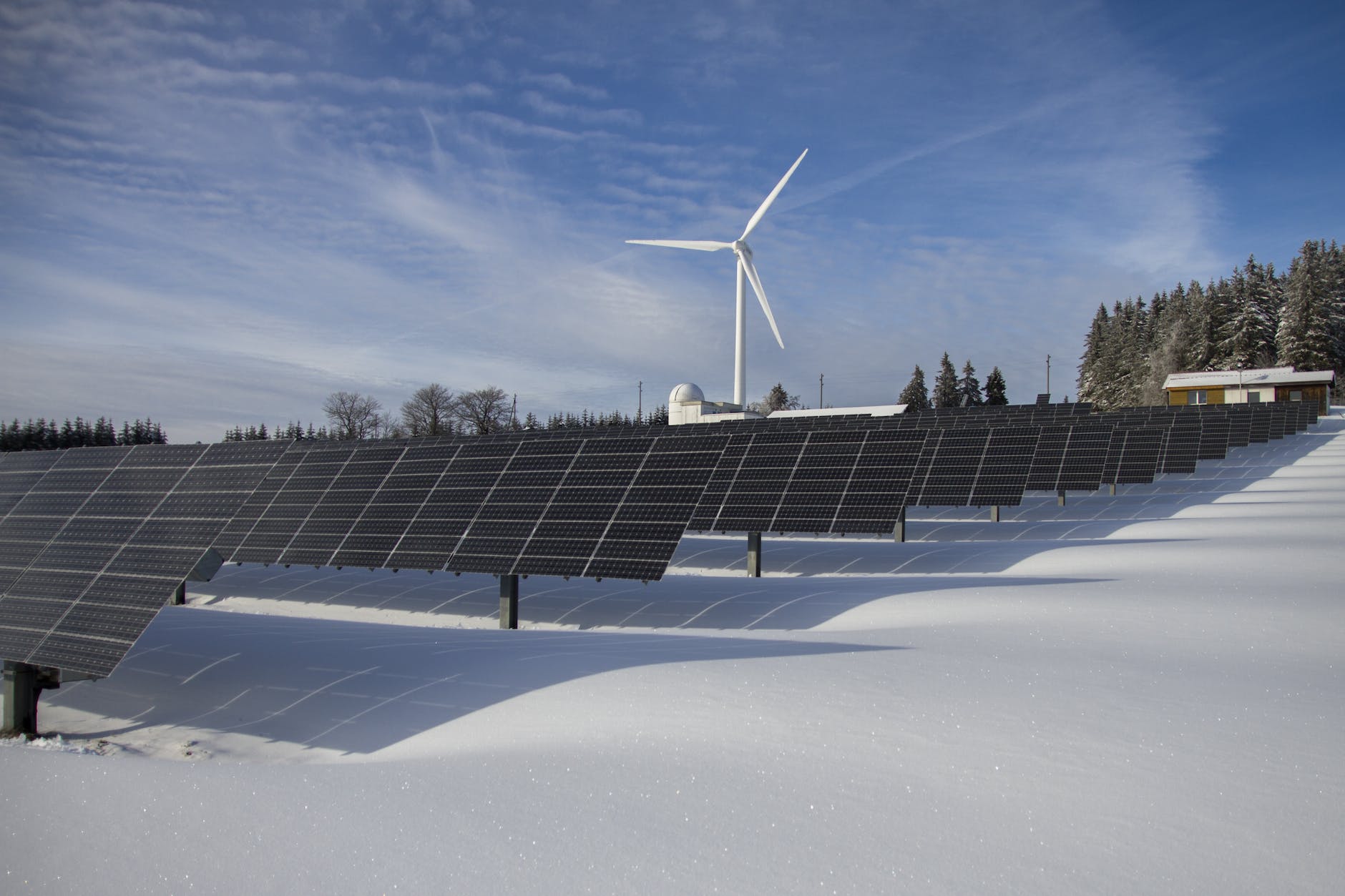Catalyzing a Green Economy Through Solar Farms
The transition towards renewable energy has not only been a leap towards sustainability but also a lucrative financial opportunity for commodity traders. Among the myriad of options, Renewable Energy Certificates (RECs) and carbon emissions credits derived from solar farms stand out. These instruments serve as a testament to the solar industry’s burgeoning role in the green economy. This blog post delves into the financial dynamics of trading RECs and carbon emissions credits from solar farms, shedding light on past trades, future market potential, and the platforms facilitating these transactions.
Understanding the Financial Mechanics
- Renewable Energy Certificates (RECs): RECs represent the environmental benefits of generating one megawatt-hour (MWh) of electricity from a renewable energy source, such as solar power. They are traded to meet renewable portfolio standards or corporate sustainability goals. The price of RECs can vary significantly based on supply and demand dynamics, regulatory frameworks, and the geographic origin of the solar energy.
- Carbon Emissions Credits: These credits are generated by projects that reduce greenhouse gas emissions, with solar farms playing a pivotal role by offsetting traditional carbon-emitting energy sources. The value of carbon credits is influenced by regulatory mandates, voluntary corporate commitments to carbon neutrality, and the specifics of cap-and-trade systems in various jurisdictions.
Past Trades and Market Performance
The market for RECs and carbon credits has seen considerable growth over the past few years. For instance, in specific regions of the United States, the price of solar RECs has fluctuated between $300 to $500 per MWh, subject to state-specific renewable energy goals and supply constraints. On the carbon market side, prices have been equally dynamic, with the European Union Emissions Trading System (EU ETS) seeing carbon prices reaching upwards of €50 per metric ton of CO2 in recent trading sessions.
Future Market Potential
The future market potential for both RECs and carbon emissions credits from solar farms is substantial. With global commitments to net-zero emissions by 2050, the demand for these financial instruments is expected to surge. Analysts project a significant expansion in the carbon market, potentially reaching $100 billion in the next decade. Similarly, the REC market is anticipated to grow in correlation with the increase in renewable energy production, particularly solar, which is projected to expand by over 10% annually.
Key Exchanges and Trading Platforms
Several exchanges and platforms facilitate the trading of RECs and carbon emissions credits:
- North American Renewables Registry (NAR) and Green-e: These platforms offer certification and tracking for RECs in North America, providing transparency and verification for trades.
- European Energy Exchange (EEX) and Intercontinental Exchange (ICE): These exchanges host trading for EU ETS carbon credits, among other environmental products.
- Voluntary Carbon Markets: Platforms like Verra and the Gold Standard cater to voluntary carbon credit trading, where companies and individuals purchase credits to offset their carbon footprint voluntarily.
Market Statistics and Investment Considerations
With the solar REC market experiencing fluctuating prices based on regional demand and solar generation capacity, and the carbon credit market expanding in response to global climate commitments, investors and traders must stay informed about regulatory changes, technological advancements, and market trends. The volatility and regional variation in REC and carbon credit prices underscore the importance of strategic market analysis and risk management in trading activities.
Conclusion: A Bright Future for Solar Financial Instruments
For commodity traders, RECs and carbon emissions credits from solar farms offer a promising avenue for investment, combining financial incentives with environmental impact. As the world leans more towards renewable energy sources, the market for these green commodities is set to expand, offering lucrative opportunities for those positioned to capitalize on this growth. Understanding the intricate dynamics of these markets will be key to navigating the future of renewable energy trading successfully.


Leave a Reply